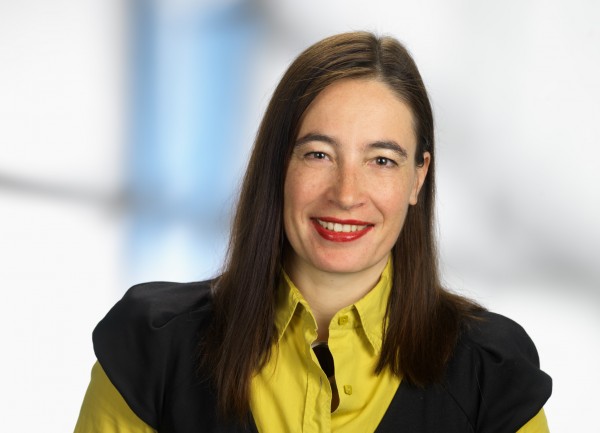Kosmorama, Nova Cinema, movie theatre # 9, March 12, 2016.
And the stars look very different today
Barbara Imhof (US)
Weightless and floating over earth, the incredible view of our fragile blue planet – provides the opportunity to change anyone’s perspective. Our spaceship earth is a precious vehicle; it is our home and has sustained our lives thus far. Today and the 21st century will be the time when we leave our cradle and venture to live on extra-terrestrial surfaces.
To imagine the possibility to walk, work or even live on the moon or Mars, and to develop prototypes for these environments, is part of my work and the team at LIQUIFER. We do not draw a line between our planet’s surface and space – we see this as a continuum. Buckminster Fuller already asserted 50 years ago that we live as astronauts on Spaceship Earth; a fairly technologized planet which provides all resources necessary for survival. The world we live in today is also a laboratory where we are researchers and experiment at the same time just like the crew on the International Space Station.
We, as LIQUIFER team, look at spaceflight parameters to shape and define space and terrestrial habitation. The first European habitat simulator SHEE which stands for Self- deployable Habitat for Extreme Environments can be used for both the training of future astronauts in lunar or Martian mission scenarios and also as a habitation unit used in remote locations on earth, such as an autonomous research station in Antarctica or the desert. When designing the unfamiliar, spaceflight parameters are used as requirements. It is important to think about how to deal with limited resources, recycling of water and air and adopt a conscious use of existing material.
How can we build solely with the sun and sand on the moon, on Mars or in the Sahara desert? LIQUIFER’s projects include working with 3D printing technologies such as solar sintering for the moon and Mars and look at future exploration scenarios and resource utilization on our planet as well as foreign celestial bodies. The cooperative project RegoLight takes on this idea and tests for the first time if a building element made from a lunar soil simulant can be sintered merely through sunlight in a vacuum. This experiment will tell us how we can advance disruptive technologies such as 3D printing for space applications. These structures will be automatically constructed and grown by robots.
Another step in this direction is project, “Built to Grow” which looks at biology and growth principles for a transfer into proto-architecture. Nature provides a lot of champion role models and is to this date the only technology which has evolved from millions of years of refinement and adaptation. Principles of closed-loop systems found in nature are being transferred into space life support systems as well.
The idea of the City As A Spaceship was conceived to highlight space ecologies such as water regeneration, air revitalization, living within multi-cultural city crews and using energy from renewable resources to offer a holistic approach derived from our spaceflight parameters. The goal of our design research is to develop applications which could be applied to our ever growing urban futures.
Barbara Imhof
Barbara Imhof is an internationally active space architect and her projects deal with spaceflight parameters and thus include aspects of sustainability. The designs deal with living with limited resources, minimal and transformable spaces, resource-conserving systems and the spatial implications of related socio-psychological factors.
Barbara Imhof is the co-founder and managing director of LIQUIFER Systems Group, a trans-disciplinary company engaged in designing our future on earth and in space. She conducts EU projects such as Regolight for future 3D printed habitats on the moon, and led the artistic research project GrAB – Growing As Building, which deals with the translation of growth processes in nature into architecture. Imhof also directed the LIQUIFER team in the EU project SHEE Self-deployable Habitat for Extreme Environments, the first European habitat simulator for the moon and Mars, and also for terrestrial extremes such as disaster areas.
Since nearly 20 years Barbara Imhof has been teaching at various prestigious universities, such as the ETH Zurich, Chalmers University, Gothenburg, University of Applied Arts, Vienna and Vienna University of Technology (VUT). She received her education in architecture at the VUT, the Bartlett School, London, SCI-ARC, Los Angeles, and she graduated from the University of Applied Arts in the studio of Wolf Prix. Barbara Imhof has a Master of Science from the International Space University, Strasbourg, and received her doctorate from the Vienna University of Technology.
